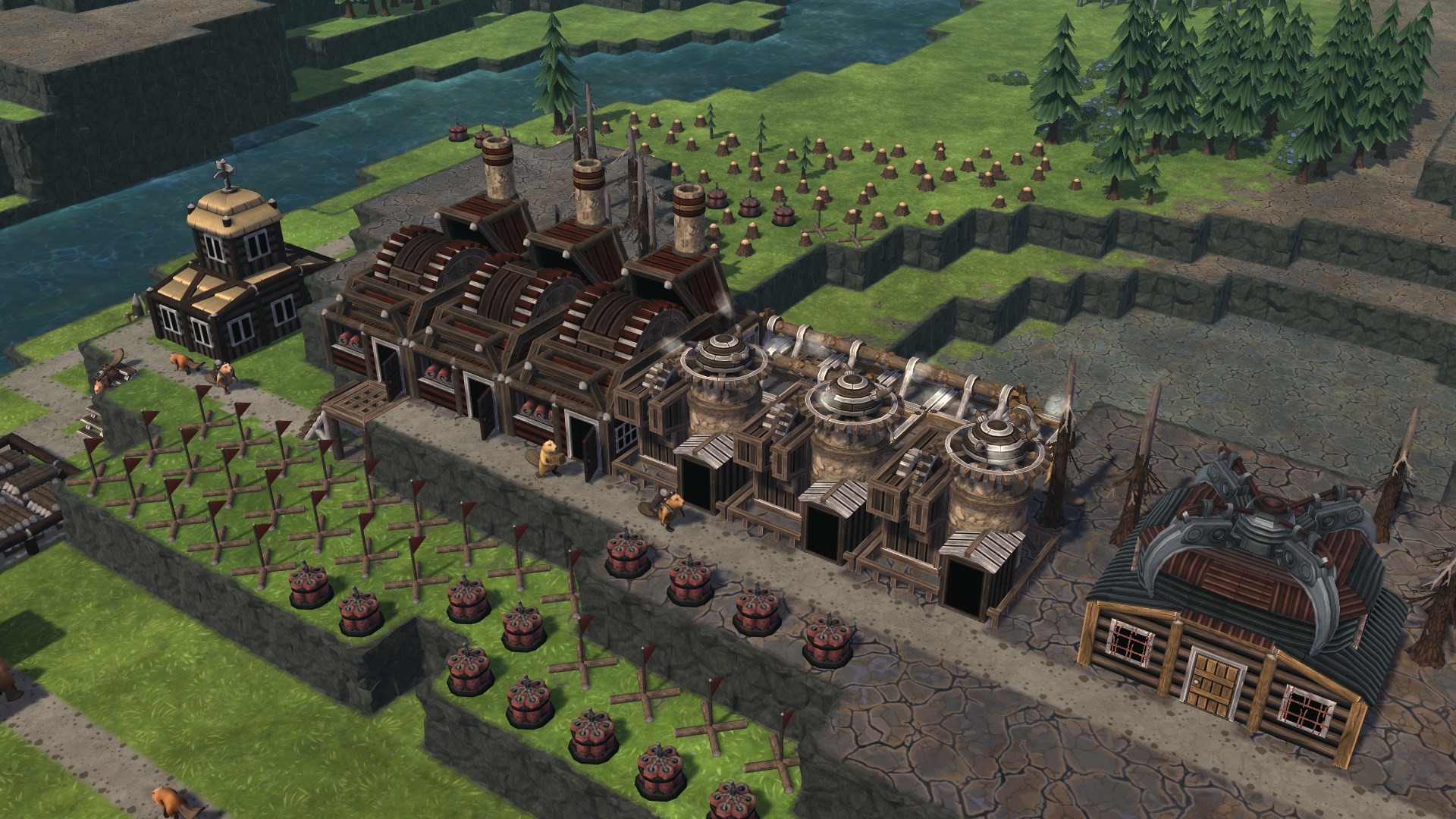
Or look up Google Maps for Oroville Dam or the Hoover Dam and pay attention to the large reservoirs of water that are backed up behind them. In addition to what T_47 mentioned, if you want to get a general understanding of how dams work and what they are used for, I recommend googling for resources on dams and flood control.

Honestly, the best way to learn is to play on easy and just experiment with building large dams and seeing where the flows and where it begins to pool. If you just had a dam piece on the top of you dam you would only be able to access the top layer of water and the rest of the water would be stuck behind your dam. For example if you build a three levee high dam, you can use the 3 level high floodgate to let water flow through as the water level behind the dam dropped. However, keep in mind water will flow to the lowest point first so everything behind the dam needs to be blocked up to the same height.įor floodgates, they come in different heights and their main purpose is to hold back water to a certain height and then you can manually adjust them to let more water flow throw as the water level behind the dam lowers during dry season. You can then repeat this by building dams with more and more levees to raise the height of the water. Once you secure a decent supply of water you can start to build artificial reservoirs. Combined with a dam piece on top you can store 1.5 units of water per block behind that dam. A levee will hold back water up to a height of 1 block.

The trick early on is to find a natural choke point so you can place a levee under that dam.

That means all the water your have stored behind the dam piece is only 0.5 units worth on each block and will dry up on longer droughts. A standard dam piece will hold water back up till a height of 0.5 blocks and the rest will flow through the dam piece.


 0 kommentar(er)
0 kommentar(er)
